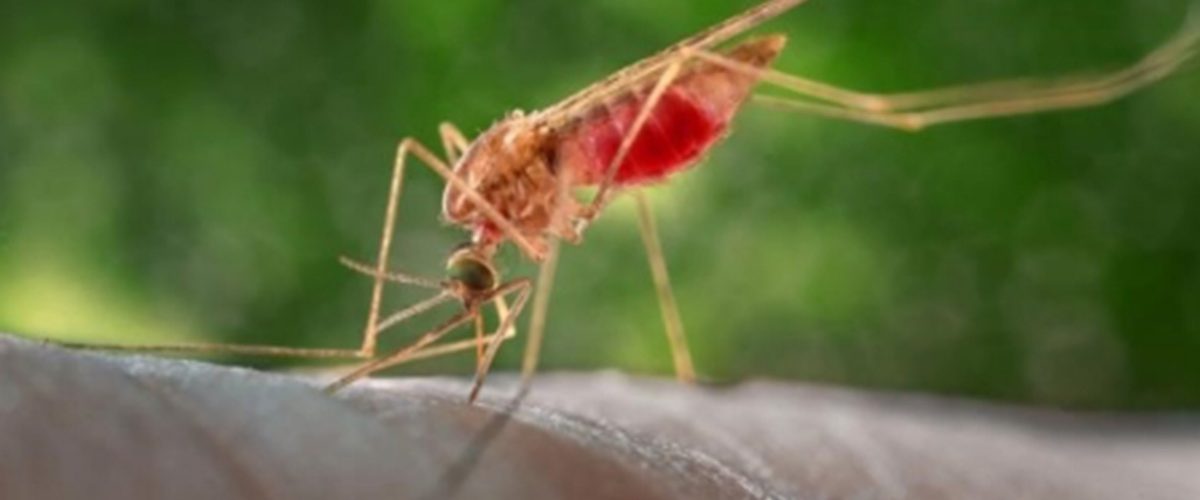Malaria is transmitted to Humans through infected mosquito bites. Although Malaria is preventable and curable, it can be a life-threatening condition. In 2016, there were an estimated 216 million cases of malaria in 91 countries with 445,00 deaths, an increase of 5 million cases over 2015 with approximately similar number of deaths (446,000). In 2016, the WHO AFRO Region represented 90% of malaria cases and 91% of malaria deaths
Symptoms usually appear 10–15 days after the mosquito bite. The signs and symptoms start with fever, headache and chills. After 24 hours, if not treated, it will lead to serious illness and often cause death. In children, symptoms include severe anemia and/or respiratory distress. Sometimes, asymptomatic infection takes place in Malaria endemic countries as people can develop some immunity.
The best available treatment, particularly for P. falciparum malaria, is artemisinin-based combination therapy (ACT). RTS, S/AS01 (RTS, S) is the first and, to date, the only vaccine to show partial protection against malaria in young children. It acts against P. falciparum, the deadliest malaria parasite globally and the most prevalent in Africa.Prevention and reduction of Malaria transmission can be done by vector control strategies which include insecticide-treated mosquito nets and indoor residual spraying.

